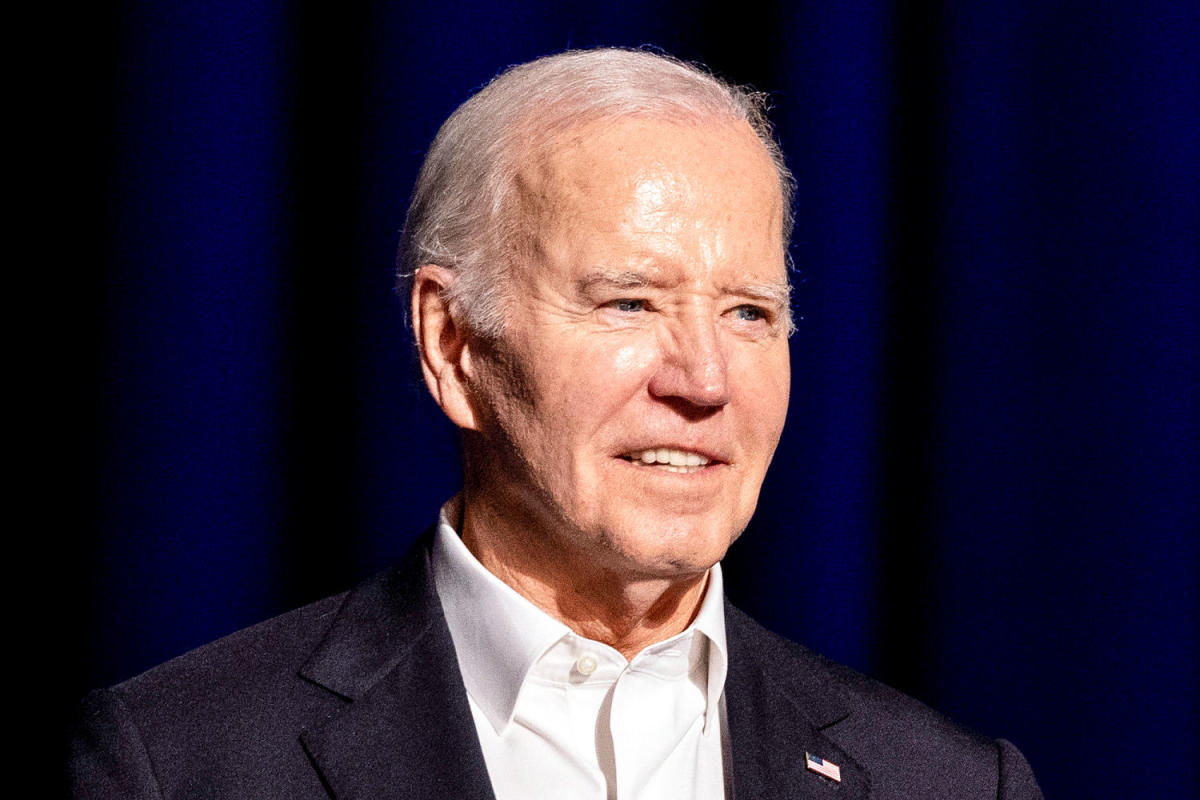It’s about that time when everybody stocks up on sunscreen. But according to TikTok, many shoppers are looking beyond their local drugstore shelves for a new spray or cream. Interest in international sunscreens — primarily those manufactured in Korea, Japan and European countries like Spain and France — is growing. But why?
“Social media platforms like TikTok have amplified this interest by showcasing the benefits and user experiences with these [international] sunscreens,” Dr. Hannah Kopelman, dermatologist at Kopelman Aesthetic Surgery and host of the Derm Club podcast, tells Yahoo Life. “The formulations are usually more elegant, often being lighter and less greasy compared to many American sunscreens. This makes them more appealing for daily use.”
“They have positioned themselves as the highest standard for the global beauty industry that everyone else is trying to catch up to,” Dr. Anna Chacon, a Florida dermatologist specializing in medical, surgical and cosmetic dermatology, tells Yahoo Life of Korean sunscreens in particular.
What makes these international sunscreens stand out? And is it worth making the switch? Experts break down what you need to know.
What is the difference between American and international sunscreens?
The ways in which countries regulate sunscreen makes a big difference, according to Dr. Deeptej Singh, dermatologist and founder of Sandia Dermatology. He tells Yahoo Life that the U.S. Food and Drug Administration has managed sunscreen as a drug since the 1970s, while international entities view it as a cosmetic.
“Therefore, there is extensive testing required to be approved in the United States,” he says, while it’s “easier to bring products to market” throughout Europe and Asia. And although the longer process may seem to make American sunscreens safer, it’s only set us behind, Singh says.
The 16 active ingredients currently approved for use in the U.S. have been “grandfathered in” Singh says, according to standards proposed in 1999. But more recent reviews from the FDA have found that some of the approved ingredients might not be considered safe by today’s standards. They continue to be used until the FDA takes further action. No newer ingredients, also known as SPF filters, have gone through approval in the meantime.
Rep. Alexandria Ocasio-Cortez of New York has is pushing the FDA to speed up the approval of more effective sunscreen ingredients. There’s also a pending bipartisan bill that would require the FDA to allow non-animal testing; for companies that currently sell in Europe, where animal testing of cosmetics and sunscreen is banned, that would be a boon.
“There’s significant interest in sunscreens from Europe and Asia because those regions have more advanced formulations and a wider variety of UV filters,” Kopelman says. “These filters, such as tinosorb s, tinosorb m and mexoryl sx, provide better UVA protection,” she adds.
Should you make the switch to international SPF?
Not necessarily. Differences aside, experts agree that the sunscreen you choose to use is ultimately a personal preference. Overall, U.S. sunscreens are still considered effective.
“You should feel safe using sunscreens sold in the U.S.,” Erica Marie Gatt, esthetician and founder of EM Skin, tells Yahoo Life, “but make sure you are reading the ingredient labels and apply regularly.”
“The U.S. ones work just as well. But some people have sensitive skin. Others have specific skin conditions like acne, rosacea, perioral dermatitis [and] seborrheic dermatitis, and products may irritate their skin or cause breakouts,” says Singh. “Ultimately, I want every patient to find what works best for them. If you have a U.S.-produced sunscreen that you like, continue using it. If you haven’t been able to find a product that meets your needs, it may be time to look to other countries for more options.”
I’m ready to try other options. How do I get started?
Singh’s recommendations include Heliocare 360 from Cantabria Labs based in Spain, as well as Beauty of Joseon Relief Sun and Round Lab’s Birch Moisturizing Sunscreen from Korea, which is popular on TikTok.
Kopelman also praises Bioreé UV Aqua Rich Watery Essence, which is only developed in Japan despite the brand’s U.S. presence. Similarly, La Roche-Posay’s Anthelios line found outside of America is manufactured with more advanced ingredients that the U.S. hasn’t yet approved.
In the meantime, online retailers have made these and countless other favorites more accessible to U.S. customers. However, Kopelman warns shoppers to “purchase from reputable sellers to ensure the authenticity of the products.”
Charlotte Palermino, an esthetician and co-founder of skin care brand Dieux, offers tips on how to make sure you’re getting the real deal — and not some of the fake versions that have popped up on Amazon and other online retailers. She recommends buying directly from international brands if possible, and otherwise using retailers recognized by the brand or vetted by trusted estheticians and dermatologists.
The bottom line, according to Kopelman, is to commit to using an SPF, no matter where it’s made. “Use what’s accessible and fits your skin type and lifestyle,” she says.

Olivia Martin celebrates the art of living well in her lifestyle articles. She explores topics ranging from travel and fashion to home decor and culinary delights, offering inspiration for readers seeking a balanced and enjoyable lifestyle.






